‘Coral Charm’ Peony
$20.00
Genus:Paeonia
Species:hybrid
Variety:’Coral Charm’
Item Form:Bareroot
Zone:3 – 8
Bloom Start to End:Mid Spring – Early Summer
Habit:Mound-shaped
Plant Height:3 ft
Plant Width:3 ft;Bloom Size:5 in – 6 in
Additional Characteristics:Award Winner,Butterfly Lovers,Double Blooms,Easy Care Plants,Flower,Long Bloomers,Rose Companions
Bloom Color:Apricot,Coral
Foliage Color:Dark Green
Light Requirements:Full Sun,Part Shade
Moisture Requirements:Moist, well-drained
Resistance:Cold Hardy,Deer Resistance,Disease Resistant,Drought Tolerant,Pest Resistant
Soil Tolerance:Normal, loamy
Uses:Border,Cut Flowers,Outdoor
Note: Fall shipping for all Peony will be early-mid October.
A color breakthrough for peonies. When this ‘Coral Charm’ Peony was introduced, it won the 1986 Gold Medal of the American Peony Society, and has been winning hearts ever since. The deep coral buds—beautiful in themselves—open to bowl-shaped blooms with gracefully incurved petals of coral-peach surrounding a frilly, glowing mass of stamens. 5 to 6 inches across and very long-lasting fresh or cut, these mid-spring blooms are the focal point of any garden setting.
One of the few peonies to flourish in the southern end of its hardiness range, ‘Coral Charm’ Peony is an exceptionally robust garden plant, reaching 36 inches tall and covered with blooms. Its lovely foliage forms a nice backdrop for daffodils and a foreground for mid-to late-summer lilies.
Plant ‘Coral Charm’ Peony in full sun and well-drained, moisture-retentive soil well enriched with organics. If planting more than one, space them about 3 1/2 to 4 feet apart. Hardy in Zones 3-8.
The merits of peonies are virtually endless. First, they are exceptionally hardy—easy to grow and carefree once established. One of the longest-lived perennials, a single plant can last for generations, blooming as reliably in its 50th year as it did in its 3rd.
Second, their phenol content makes them unappetizing to pests, including insects, rabbits, and even deer. Remarkably disease-free as well, they literally need no attention once established.
Third, they truly offer three seasons of color. The new spring foliage is reddish; the bright blooms span late spring and early summer; and the fall foliage is tinged with bronze or purple tones.
Fourth, they are equally suited for the landscape or the vase, offering old-fashioned cottage garden charm plus armloads of stunning blooms. Very long-lived in the vase, the flowers can even be upended and dried for use as everlastings (the red and pink singles are best for this—their color and petals outlast those of their paler, double cousins). Mature plants have a pleasingly rounded, plump form, and the foliage stays fresh even in the dog days of August.
Fifth—but you already know this—the blooms are out-of-this-world lovely in color, fragrance, and form. As showy as roses and vastly easier to grow and care for, they are the unsung heroes of the flowering garden.
Peonies are a nice “bridge” plant in the garden, looking something like a perennial and something like a shrub. They have enough height to form a good backdrop to low-growing and petite annuals and perennials, yet are compact enough for a slender border or corner display. Planted in front of large shrubs or trees, they make a big splash of color without occupying a lot of space.
Traditional companions to peonies are spring- and summer-flowering bulbs (because peonies’ lush foliage nicely hides the slumping stalks after the bulbs have bloomed), blue- and white-flowered perennials, larger flowering shrubs such as azaleas and rhododendrons, part-shade plants such as epimedium and helleborus, and ornamental grasses.
| Weight | 1 kg |
|---|---|
| Dimensions | 1 × 1 × 1 cm |
Shipping Time
Shipping is an additional 15-35 business days depending on location. Shipping time will be provided at checkout.
Returns
If seeds fail to leave China, we will refund your payment 100%. But if seeds fail to reach you due to customs problem on your side which we were not informed in advance, we will not be able to bear any loss, and no refund will be made.
We sell only viable plants seeds online, and test germination of our seeds from time to time. So we will not be able to refund for seeds that clients fail to germinate, unless we are convinced that it's truly problem of our seeds.
———
Please send us an email: [email protected] and be as detailed as possible while filling in the information.
After submission, We will reply to you within 24 hours. Please be patient.
———
CHARGEBACKS & DISPUTES
Please contact us by email before opening a merchant chargeback or payment dispute, as we can generally resolve the issue before that takes place. Any chargebacks and disputes disable our ability to issue refunds or credits due to funds being frozen.
———
REFUND, EXCHANGE AND RETURN
Customers have the right to request a refund/ return/ exchange within 14 days from the delivery date. Our Customer Service team will offer the best solutions for specific situations.

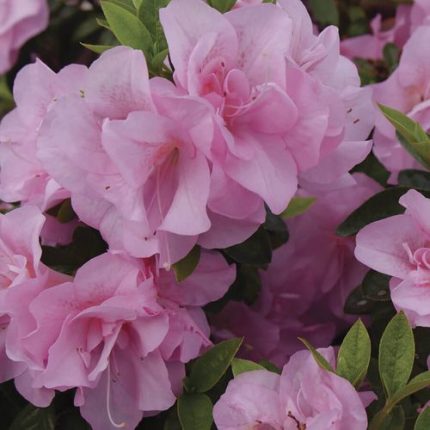
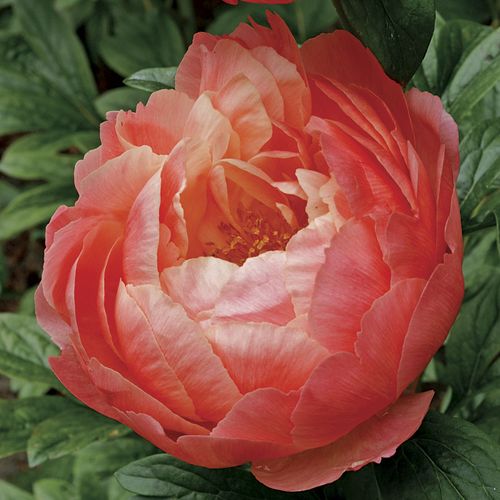

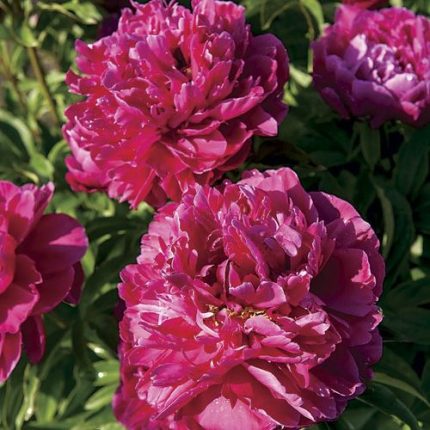

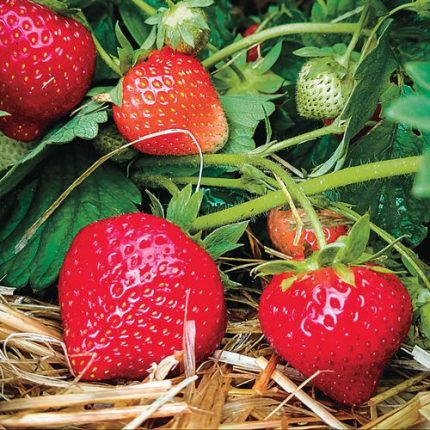
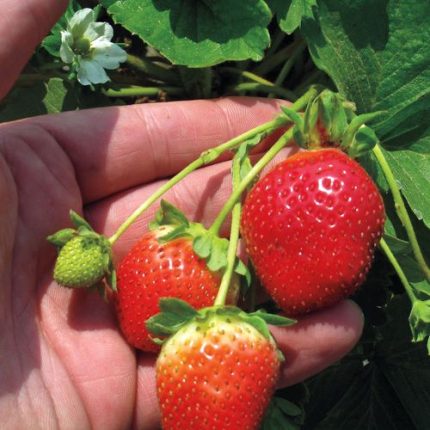

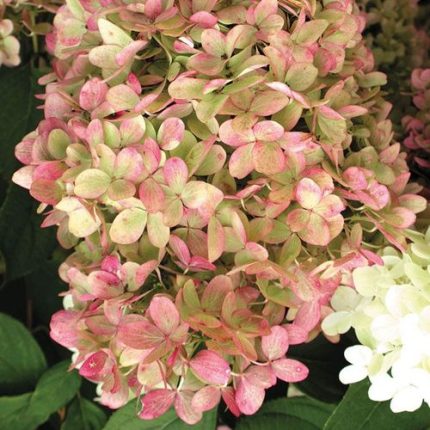
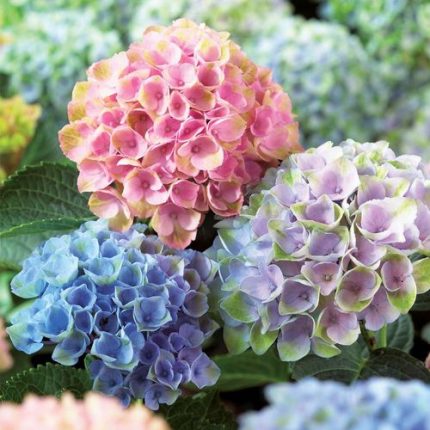
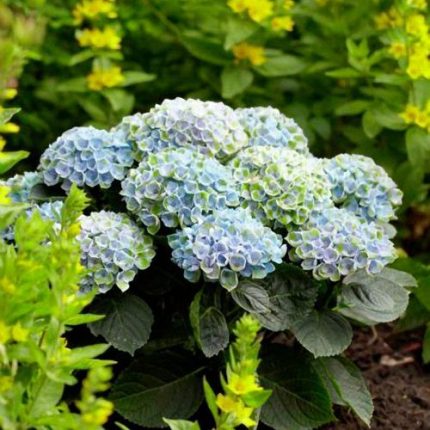
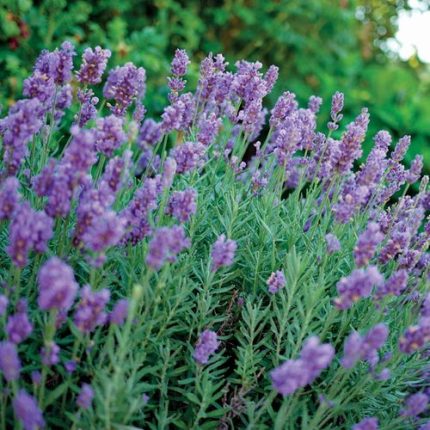
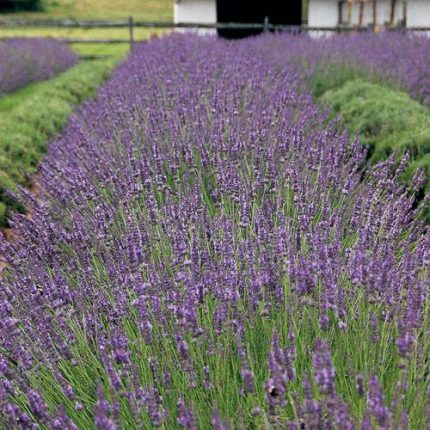
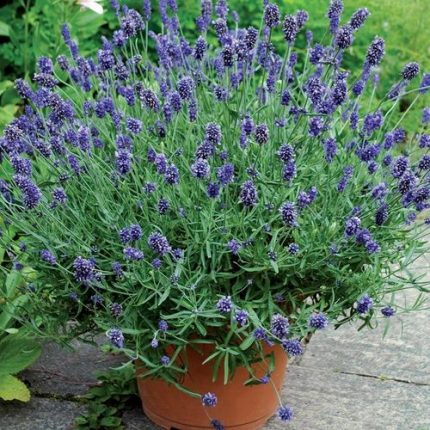
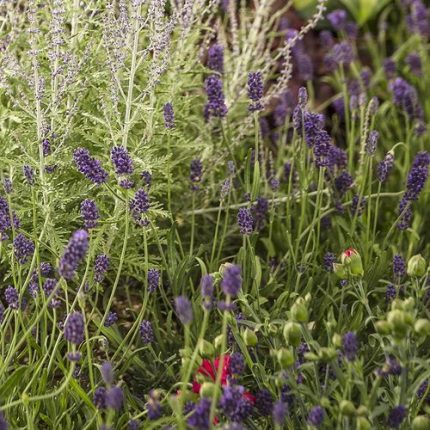
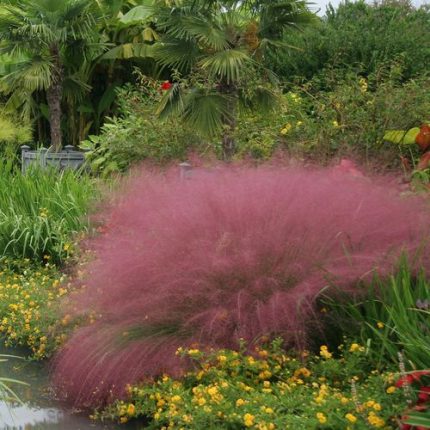
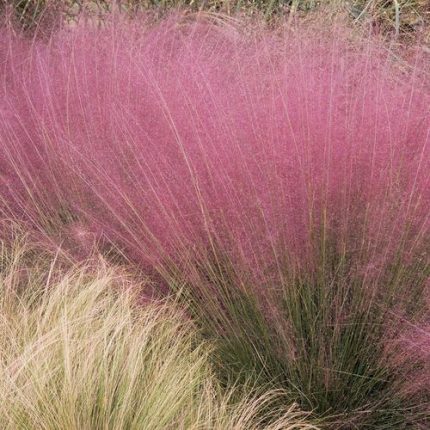
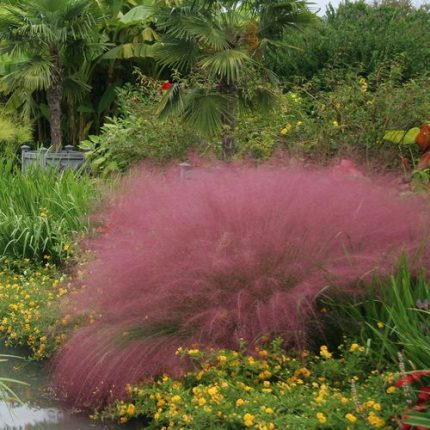
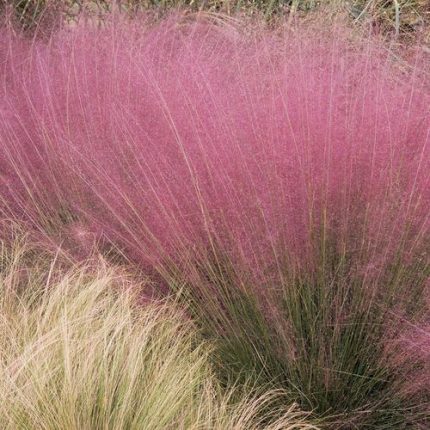
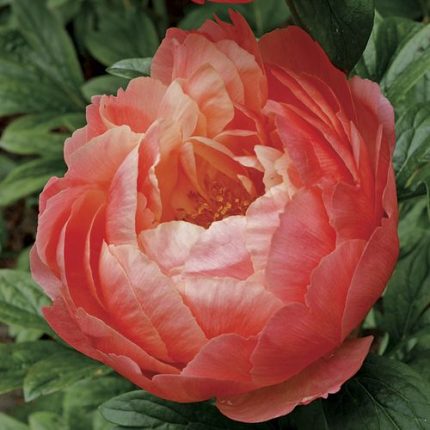
Reviews
There are no reviews yet.